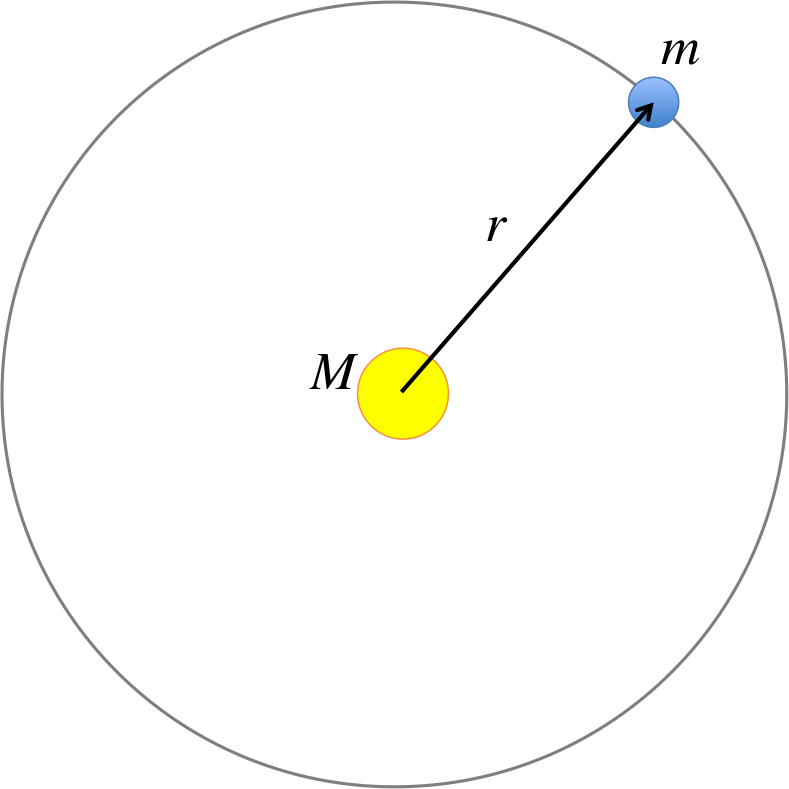Gravitational Force

$G$ is called the gravitational constant, which is not to be confused with $g=9.8m/s^2$ (the acceleration due to gravity on the surface of the Earth). A key observation is how incredibly small $G$ is (in SI unit). The smallness of this number is the reason why gravity is considered the weakest force out of the four fundamental forces of nature. The gravitational interaction between two objects of "everyday scale" is quite negligible, as you could see in the example below.
Try It Yourself (click to show)
The last example confirms the equivalence of $mg$ and $F=G\frac{m M}{R^2}$ (omitting the subscript "$E$"). This equivalence gives a useful formula for $g$: $$ \begin{eqnarray} mg &=& G\frac{m M}{R^2}\\ \Rightarrow g &=& G\frac{M}{R^2} \end{eqnarray} $$ In other words, the acceleration due to gravity on the surface of a planet can be computed using the mass and the radius of the planet.

